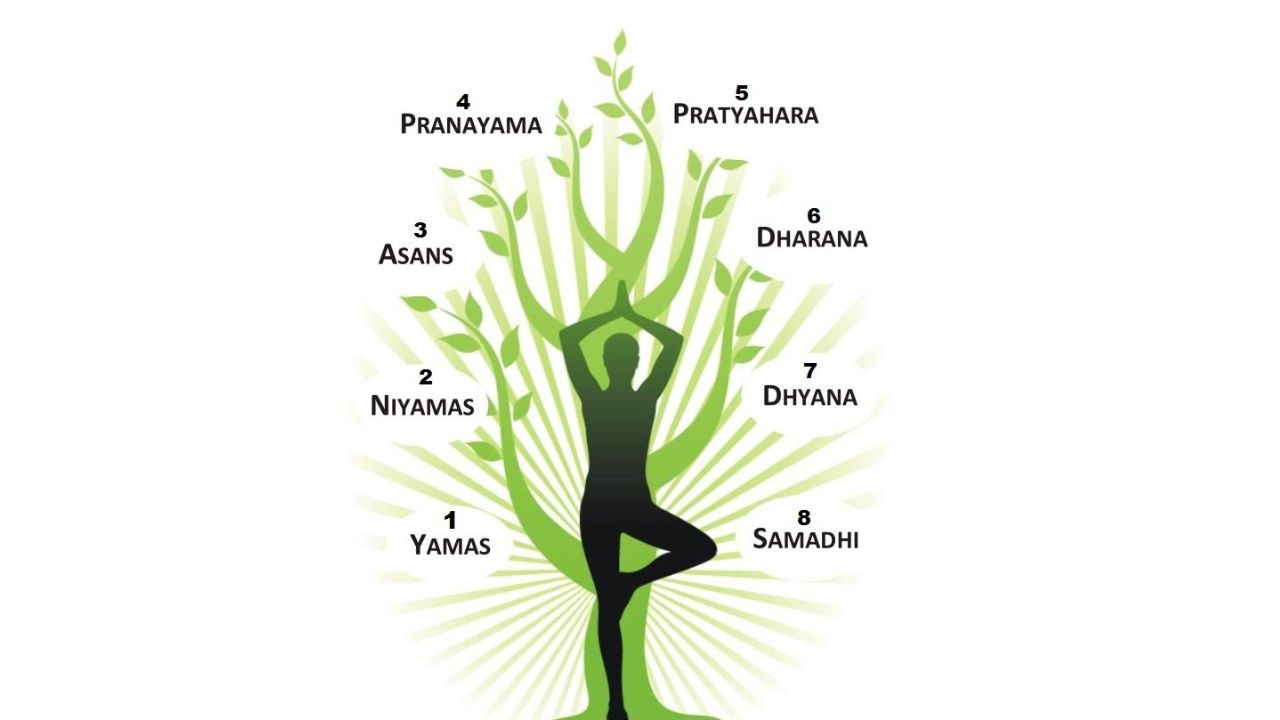5,000 Years of Yoga: India’s Gift the World Forgot to Credit
Editor: Chandan M
Published on: June 21, 2025, 1:14 p.m.

Yoga is not a modern fitness trend — it is a spiritual and philosophical system that originated in ancient India over 5,000 years ago, long before modern nations or borders existed. It emerged as a method to unify the body, mind, and soul through discipline, breath control, meditation, and ethical living. Pre-Vedic & Indus Valley Period (Before 1500 BCE) Archaeological Evidence: Seals from the Indus Valley Civilization (Harappa and Mohenjo-Daro) depict figures seated in classic meditative poses, suggesting early forms of yogic practice. This predates written scriptures but hints that proto-yogic practices were already part of early Indian spiritual life. Vedic Period (1500–500 BCE) The earliest written mention of yoga appears in the Rig Veda, one of the oldest sacred texts of India. The Vedas introduced rituals, mantras, and spiritual discipline, laying the foundation for: Karma Yoga (path of action) Jnana Yoga (path of knowledge) Bhakti Yoga (path of devotion) Upanishadic & Philosophical Development (800–500 BCE) The Upanishads shift the focus inward — from external rituals to self-realization. Key spiritual themes include: Detachment from ego Unity of the Atman (self) with Brahman (universal consciousness) Emphasis on meditation, introspection, and inner stillness Concepts like pranayama (breath control) and dhyana (meditation) were developed in this era. Classical Yoga — Patanjali's Yoga Sutras (~200 BCE) The sage Patanjali codified yoga into a formal system in the Yoga Sutras, laying the foundation of Raja Yoga. He introduced the 8 limbs of Ashtanga Yoga: Yama (ethics) Niyama (self-discipline) Asana (postures) Pranayama (breath control) Pratyahara (withdrawal of senses) Dharana (concentration) Dhyana (meditation) Samadhi (liberation) This structure remains the philosophical and spiritual backbone of traditional yoga today. Post-Classical Period (500–1500 CE) The rise of Tantric and Hatha Yoga brought more physical and energetic practices into focus. This era emphasized purifying the body to activate spiritual energy, often referred to as kundalini. Influential texts like the Hatha Yoga Pradipika (15th century) systematized yoga postures, breathwork, and energy channels (nadis). Modern Era & Global Spread (1800s–Present) Indian yoga masters like: Swami Vivekananda Paramahansa Yogananda T. Krishnamacharya B.K.S. Iyengar Pattabhi Jois ...played a crucial role in introducing yoga to the West. Yoga began to be embraced as both a spiritual path and a holistic health practice. In 2014, the United Nations declared June 21 as International Yoga Day, following a proposal by Prime Minister Narendra Modi — globally reaffirming that yoga originated in India. Conclusion Yoga was born in India — nurtured and refined over millennia by saints, sages, and seekers. It was never just a workout — it was, and still is, a path to self-mastery, spiritual growth, and inner liberation (moksha). Its global popularity today reflects the timeless value of India's ancient wisdom.